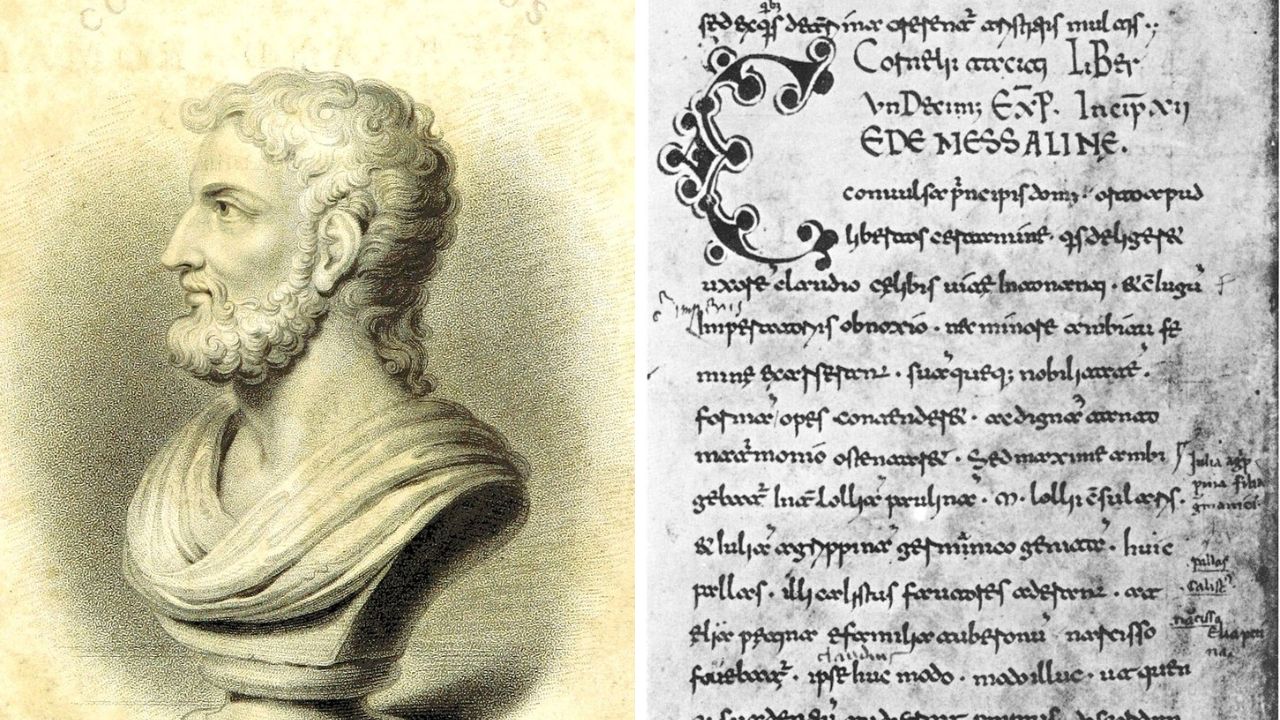Tacitus’ Annals are among the most important non-Christian historical sources that mention the crucifixion of Jesus Christ.
Tacitus ‘s “Annals” are among the most important historical sources non-Christian references to the crucifixion of Jesus Christ and the persecution of his followers in the Roman Empire.
Tacitus , whose full name was Publius Cornelius Tacitus , lived between approximately 56 AD and 120 AD and drew on official records, Senate minutes and direct accounts to compile his work, known for its critical — and at times cynical — perspective on Roman politics, not sparing criticism of corrupt and tyrannical emperors.
Written around 116 AD, the “Annals” provide a detailed account of the repression promoted by Emperor Nero against Christians, especially after the Great Fire of Rome in 64 AD
This devastating event, which destroyed much of the city, fueled suspicions that the emperor himself was responsible. To deflect the accusations, he allegedly chose Christians as a scapegoat, subjecting them to torture and public executions—including crucifixions, burnings at the stake, and attacks by wild beasts in the Colosseum.
According to Tacitus , “ Nero blamed and inflicted the most exquisite tortures on a class hated for their abominations, called Christians by the people.” The historian also describes scenes in which prisoners were crucified in sumptuous gardens, transformed into a spectacle in the circus.
In another passage, he narrates how the emperor disguised himself as a coachman, mingling with the people, as if he watched, enchanted, the cruel games that were unfolding.

Crucifixion
According to the biblical narrative, 2,025 years ago a boy named Jesus was born in a little-known city on the edge of the Roman Empire and was executed at the age of 33. Although most scholars agree that he was a real historical figure, there is intense debate as to whether he was a divine being.
His teachings on love and forgiveness, coupled with his violent death, inspired his followers to consolidate a new faith that would evolve into Christianity. In Book 15 of the Annals, Tacitus mentions that Christians derived their name from “Christ”, who had been condemned to death by order of Pontius Pilate during the reign of Tiberius .
“ Christus , from whom the name originated, suffered the greatest punishment during the reign of Tiberius , at the hands of one of our procurators, Pontius Pilate ,” the passage reads. In this case, “Christus,” the Latin version of “Christ,” means “the Anointed One” or “the Messiah” and comes from the Hebrew word Mashiach (Messiah).
Unlike the biblical accounts, which approach the crucifixion from a theological perspective, Tacitus ‘ testimony is set in the context of Roman administration and imperial politics, reinforcing the historicity of the event.
The mention of Pilate is also corroborated by other sources, such as the writings of Flavius Josephus and an inscription found in Caesarea Maritima, Israel, which confirms the existence of the Roman governor in Judea.
“Now there was about this time Jesus , a wise man, if it be lawful to call him a man. For he did wonderful things, a teacher to those who receive the truth with pleasure,” wrote Josephus , who lived between 37 and about 100 AD, in the work “Jewish Antiquities.”
“ Pilate condemned him to crucifixion and death. But those who became his disciples did not abandon their discipleship. They reported that he appeared to them three days after the crucifixion and that he was alive. Therefore, perhaps he was the Messiah , about whom the prophets narrated wonders,” he added.

Christianity
As the Daily Mail website states, Tacitus ‘ hostility towards Christianity is evident in his description of the faithful as “hated for their crimes” and adherents of a “wicked superstition”.
This pejorative tone suggests that, in the eyes of the Roman elite, Christians were viewed with suspicion, not only for their beliefs, but also for refusing the official cults of the Empire, which made them socially marginalized.
However, precisely this critical view reinforces credibility of the account, since Tacitus had no interest in promoting the new religion. His testimony corroborates other records of the time and suggests that, even in the face of brutal persecution, Christianity was not eradicated, but grew and consolidated, becoming a transformative force within the Roman Empire.
Tacitus ’ account in the Annals also fits into a broader context of Rome’s relationship with religious minorities. Throughout the first century, imperial policy oscillated between tolerance and repression, with Christians often lumped together with Jews and seen as a threat to the stability of the state.
The persecution narrated by the historian foreshadowed other waves of violence, such as those promoted by Domitian and Diocletian , before the conversion of Constantine and the officialization of Christianity in the 4th century.
Thus, the excerpt from the “Annals” not only confirms the repression of Christians during the Neronian period, but also highlights how their faith resisted and, paradoxically, grew stronger, influencing the course of Western history.


